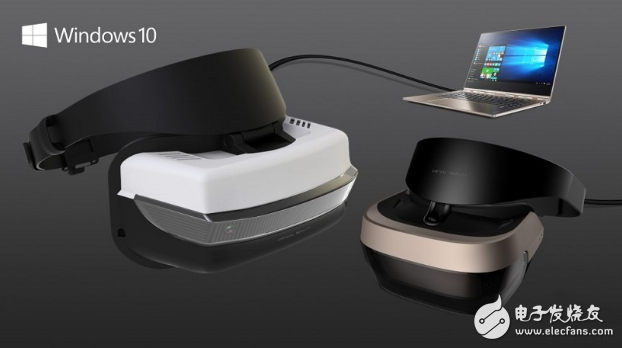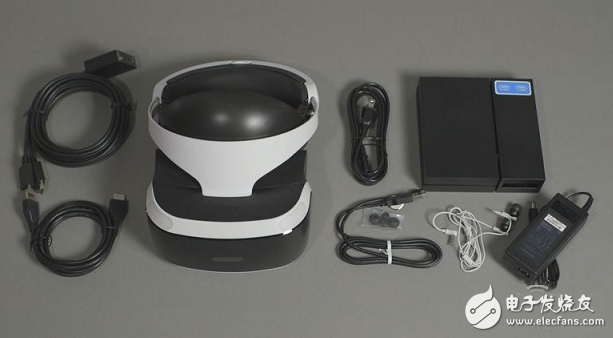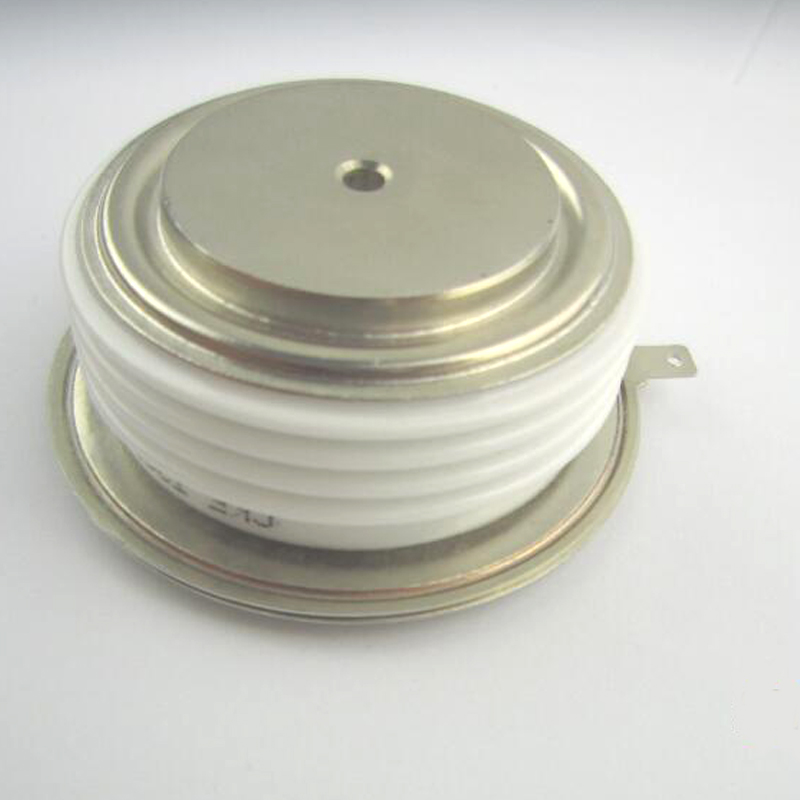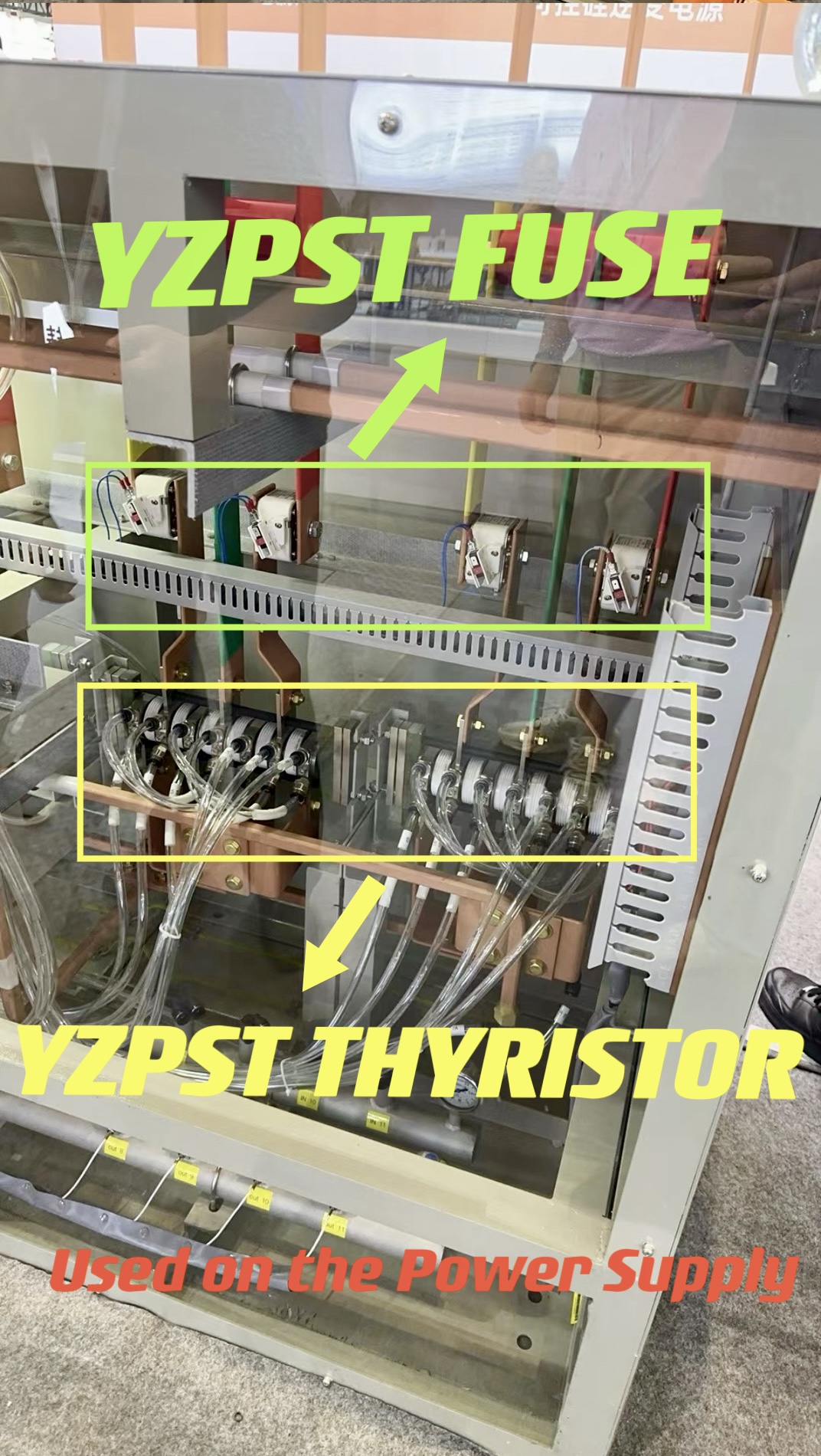Recently, Microsoft's HoloLens project director Kipman said in an interview that Microsoft's investment in HoloLens is mainly because they want to develop affordable MR helmets, which can be used to play VR games. It can also be used to enhance the view of the living room. VR devices that install Windows 10 will be available from next year, and will be available from third-party manufacturers for a minimum price of $299, which does not require a powerful PC. Jeepman believes that there have been many amazing innovations in the VR field of PC, but there are two main problems with these technologies. “The product is super expensive. You need to have a $1,500 computer and then buy a $500 Oculus helmet.†This is the first question. There is also a second problem: VR has limitations. Jeepman said: "VR can't bring people and objects to the environment." VR will generally cover up the real world, and the immersive effect is not good. Users may stumble after entering the VR world. HTC Vive provides a monitoring system that allows users to enter the VR world and display transparent walls if they are close to the boundaries of the security zone. Jeepman said that while HTC Vive can ensure user safety, it is invisible to people in the room; Microsoft Windows 10 and Windows Holographic on the back end try to solve these problems. In June of this year, at the Taipei Computer Show, Jeepman announced that Windows Holographic can support devices of various shapes and sizes. More importantly, Microsoft invited third-party hardware manufacturers to develop MR helmets, powered by Windows Holographic and Windows 10. Recently, Microsoft held a press conference in New York and plans to surface. Microsoft announced that HP, Lenovo, Dell, Acer and Asus will launch a VR helmet that can support MR functions and will be launched next year at a starting price of $299. During the presentation, a person puts on a helmet, visits a custom virtual room in the home, and watches the episode on TV. The size of the TV is as large as the wall. Jeepman said that the helmet he wore was just a prototype. “The equipment we used at the booth was just the equipment we were developing.†Jeepman said, “At the Taipei Computer Show, we announced the cooperation news and invited companies to join our ecosystem. What you see today is the past 6 The result of continuous efforts in the month." Jeepman also said that the five major OEM manufacturers all support this idea. The first participating companies will work with Microsoft to develop devices that use the technology and software provided by HoloLens. What are the specific specifications of the equipment? What is the vision? What is the resolution? Jeepman declined to give details, he just said that Microsoft will announce the details at the WinHEC conference in December. Despite this, Jeepman gave some clues: the first devices were not transparent, they could not penetrate the device to watch the world; the viewing angle was wide; they needed to be connected to the computer with long cables; support six degrees of freedom and from the introvert External tracking technology. The so-called "six degrees of freedom" means that the device can track motion from every direction, and the user can move left, right, up, down, forward, and backward. The Oculus Rift and HTC Vive have additional sensors installed to support the same technology. As far as "tracking from the inside out" technology is used by Microsoft, HoloLens has adopted this technology. Simply put, there is a camera inside the helmet. Microsoft uses the camera to track the user's movements. There is no need to install any camera on the wall or desk. At the beginning of the month, Oculus showed off the Santa Cruz device, which also used the "track from inside out" technology. Jeepman said that Microsoft's HoloLens has been shipped, using "tracking from the inside out" technology, which is also used by new, lower-priced third-party helmets. “With it, you can safely cross the space. This technology is first prepared for the real world.†“This is a future-oriented technology that will be rolled out along with Windows 10 Creator Update.†“Looking at the whole world, no one has similar technology, it is a technology that HoloLens has.†Jeepman also said that by designing software and hardware, the Microsoft HoloLens team solved some important issues, such as battery life and computing power requirements. "We've lowered the PC's configuration requirements. It used to cost $1,500. Now it costs $500. Previously it cost $2,000 to buy a helmet and a PC, and now you can get a powerful, immersive experience for as little as $800." How is the Windows Holographic device different from HTC Vive and Oculus Rift? The biggest difference is that there will be a large number of Win devices coming out in the future, which provide a different experience. For example, if you use the Oculus Rift, HTC Vive helmet, and connect your computer to the helmet, the only limitation when we use the program is the computer. No matter what computer you connect to, the experience provided by Windows devices is not always the same. Jeepman said that in order to play games, a $1,500 PC is required, and Microsoft's goal is to lower the threshold. Next spring, the Windows 10 Creators Update will be launched, and the first helmets from third parties will be available, and more helmets will be available throughout the year. The helmet market will become more fragmented, but Jeepman believes that it is easier for consumers to embrace new technologies to get the experience they want. In the future, Jeepman believes that there will be a large number of devices that offer different levels of experience. He also said that at present, the highest end of the independent HoloLens, in the future, once the technology provided by it becomes the norm, there may be better products on the market. “HoloLens still stands for the highest standards, it is the first stand-alone holographic computer on the market and the only one. Over time, all devices will be more and more like HoloLens.†In the end, Jeepman believes that this way can provide consumers with a rich experience, allowing users to have more choices, so that creators can have more room to play. "We want to create a world where you can play Angry Birds or Halo. We want the ecosystem to remain resilient." To develop HoloLens, Microsoft mainly wants to stimulate competition from other companies. "I am not confused, Microsoft is not confused." Jeepman said, "I develop products myself, not to create new products or new media, and to lead in the industry; our aim is to create a healthy ecosystem, let Partners work together." Semiconductor Disc Devices(Capsule Type) Semiconductor Disc Devices(Capsule Type) is the abbreviation of thyristor, also known as silicon controlled rectifier, formerly referred to as thyristor; thyristor is PNPN four-layer semiconductor structure, it has three poles: anode, cathode and control pole; thyristor has silicon rectifier The characteristics of the parts can work under high voltage and high current conditions, and their working processes can be controlled and widely used in electronic circuits such as controlled rectifiers, AC voltage regulators, contactless electronic switches, inverters, and inverters. Semiconductor Disc Devices,Inverter Thyristor,Phase Control Thyristor,Capsule Type Semiconductor Disc Devices YANGZHOU POSITIONING TECH CO., LTD. , https://www.cnfudatech.com


Used on the PoweN Supply